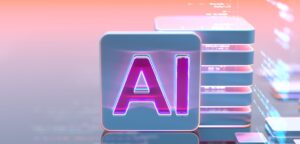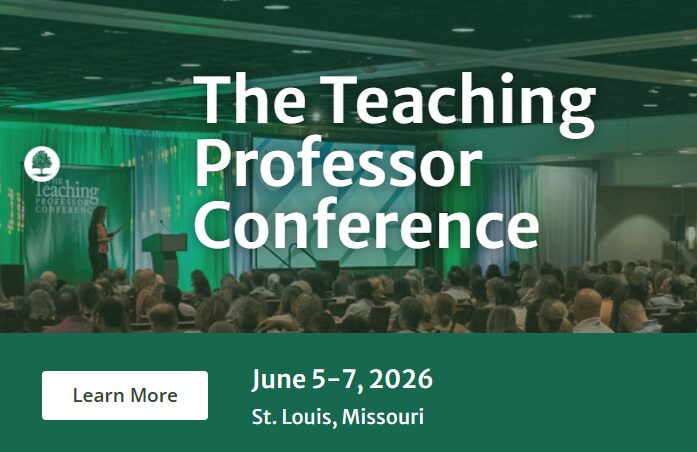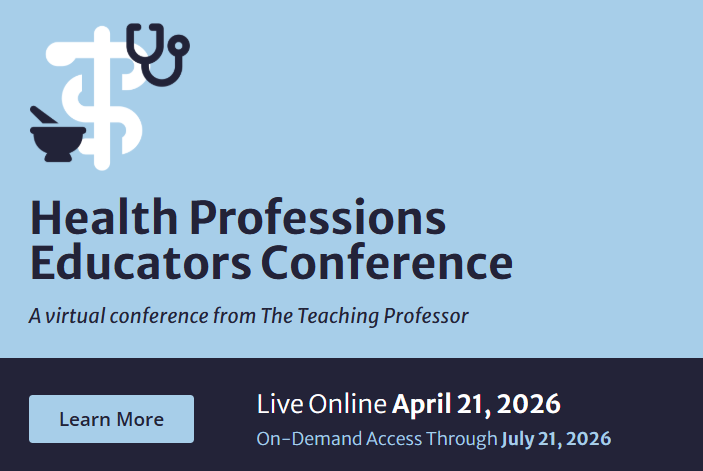
Helping Students Succeed with Google AI
Not that long ago, if you wanted to find a flight, you needed to call each airline and talk to a representative about the options. Then the internet came along, and sites like Expedia provided a one-stop shop to find all the flights between designated











